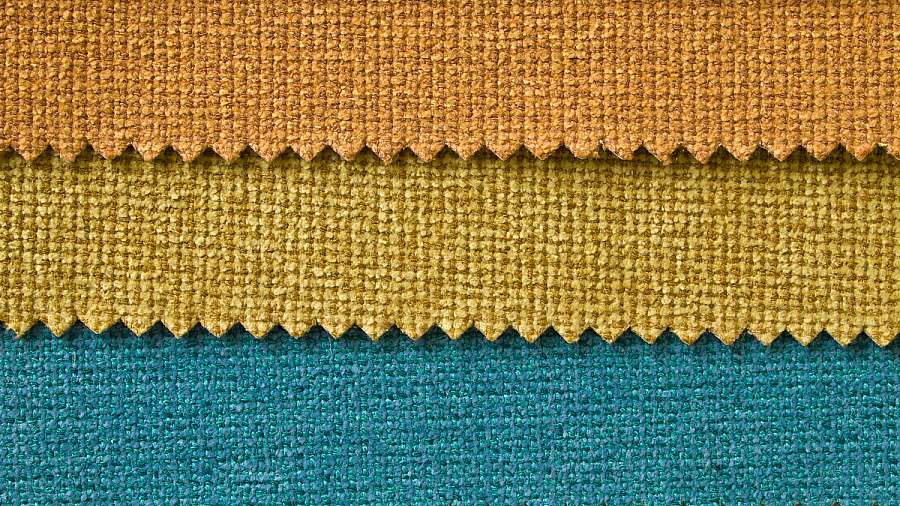Material Exchange in a Digital World: Seven Reasons to Invest Now
In the fashion world, new designs and speed to market are the key drivers for success. To achieve faster speed to market, brands often adopt digital technologies to create, make and sell their products. To date, these technologies have focused more on products and less on how materials are innovated, developed and managed.
Traditionally, materials are managed using physical swatch books. This makes gathering material specifications, sampling, and vendor collaboration painful and time-consuming.
As the industry invests more in material innovation technologies, an emerging area with high-value potential is material exchange. Material exchange helps users search for materials using numerous parameters including material type, supplier and country of origin. Brands can visualize materials in 3D while collaborating with suppliers to innovate and develop materials. They can even leverage supplier-developed materials that are made available by suppliers within the platform.
The idea for a material exchange platform was conceived by a consortium of footwear brands called the Footwear Distributors and Retailers of America, along with technology companies including PTC and Algorithmic.
Seven Reasons to Invest Now
If you’re considering moving forward with material exchange, here are seven reasons to get started now.
- Time and Money Savings: Material exchange is built to manage leather and textile materials, which traditionally require the most time for research and development. This focus saves companies time and money.
- 3D Visualization for Faster Decisions: Suppliers can scan materials and submit the visualization that they want brands to see. Nothing can replace the actual feel of a material, but 3D visualization provides a realistic rendering that enables faster decisions in the early stages of the product development.
- Material Specification for Collaboration: Suppliers can provide material specifications for brands to collaborate and innovate on material development. Materials and specifications are shared with multiple brands and can be sent to a product lifecycle management (PLM) system, eliminating the need for the supplier to share or enter specifications into multiple applications for different brands. This process also provides a better handoff between different lifecycle stages during material development.
- Simple Physical Sample Requests: Brands can request and track samples status with a sample tracking report that is intuitive and user-friendly.
- Top Security Features: Material exchange is a SaaS-based application, providing a secure environment for brands and suppliers to collaborate. This enables supplier and brand exclusivity and allows suppliers to share materials with brands without compromising IP. For suppliers, material exchange also provides a marketplace platform where they can control access, depending if they want to showcase their material to all brands or to an exclusive brand.
- Tight Integration with PLM: With a tight PLM integration, users can push materials and complete specifications to PLM material libraries. Users can also download material specifications in an excel spreadsheet format if needed.
- Native Collaboration: Material exchange provides a message center built within the tool, where a brand and supplier can collaborate. The entire history remains within the application and allows everyone to see the information gathered while collaborating. The user interface of the message center is intuitive and similar to a social media chat platform.
Five Ways Material Exchange May Evolve
Even with these valuable features, there are key areas where additional functionality would provide greater benefit to the fashion brands. Based on our deep experience in the fashion industry, here are some areas of opportunity we’d love to see evolve.
- Expanded Integration with PLM: Integrations with a broader set of PLM tools will provide flexibility to brands.
- Material Testing: By associating testing specifications to materials, users could request testing samples and capture test results, enabling more robust, closed-loop material management.
- Supplier Information: Supplier information including contact details, capacity, offerings and more could be housed in the platform for better sourcing and planning.
- Integration with PLM Color Libraries: The ability to associate colors from the PLM color library will enable brands to request lab-dip and strike off through material exchange.
- Other Raw Materials: Material exchange currently only manages leather and textile materials. There is an opportunity to manage other material types like trims, labels, and even packaging and shipping materials.
Material exchange helps fashion companies innovate and develop materials in an independent and focused environment. It provides a home for swatch books and replaces the need for the various spreadsheets that are typically maintained during the material development process.
Brands that invest time to implement a material exchange platform now can get a jump start on many improvements to the material development processes, resulting in faster speed to market, more brand acceptability, and improved sales and margins.
Learn More
Material exchange is just one way brands can innovate products that consumers want - where, when, why and how they want them.
Learn more about how companies can thrive in a competitive, fast-changing environment.

